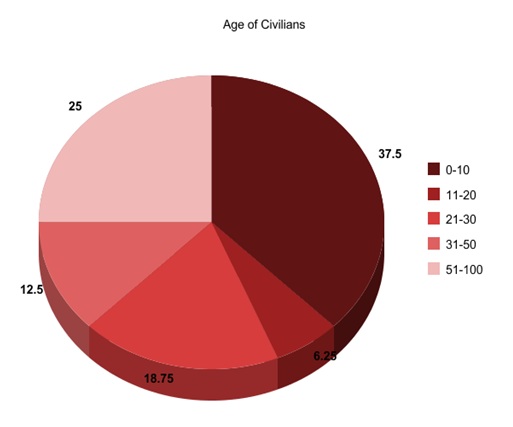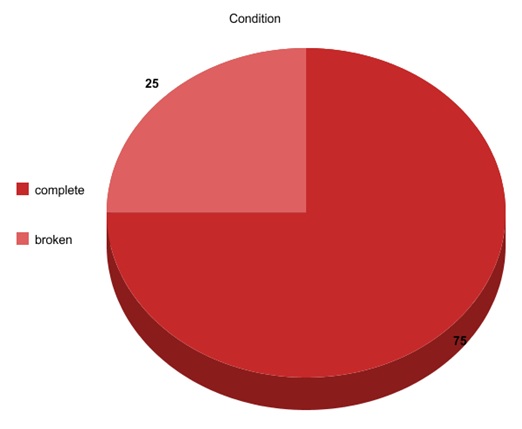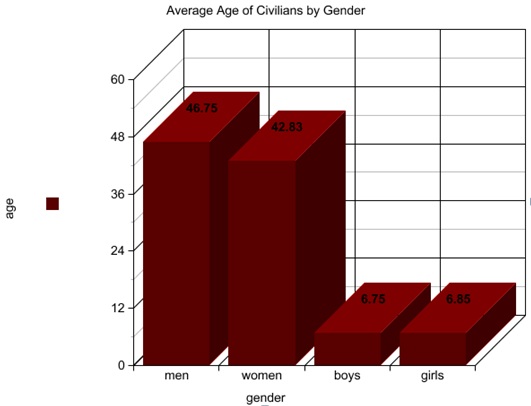Families and Civilians

Chart 2click to enlarge |
While researching and translating epitaphs from citizens, it was easy to notice that even though the majority of the epitaphs had to deal with military life citizens were greatly involved in their lives. On some of the epitaphs when a soldier died the person who erected the monument was a citizen–one such case was a woman named Octavia who used her own money to pay for loved ones tombstone. Even though soldiers were not legally allowed to marry she was recognized as his spouse, which implies a close knit tie between the military and citizens. This idea is further explored in the epitaphs bought for children–family and its ties to the militia playing an important in an aspect of the fort. Even half the of citizens were buried near the fort signifying they lived their lives closely connected with those of the military.

Chart 2click to enlarge |
Most of the monuments of the civilians were somehow related to the militia–if not by blood, then by strong interpersonal relations. And those related to militia had their epitaphs in better conditions than those standing on their own.
One thing that seemed to jump out was the age difference in the epitaphs. While some were young others showed that it was possible to live a relatively lengthy span of life. This implies that after the dangers of childhood were over if you were not in the military (sometimes even then) you did not have to worry about such dangers as much.

Chart 3click to enlarge |
Another difference that seemed to stand out was the number of epitaphs between men and women. For every two men there was an epitaph for a woman, implying that while there were still gender roles and restriction it was not as rigid as the military that surrounded them.
Despite the fact that there were not as many epitaphs as the military, there was still a lot of information to be gathered from what was given. Civilian life intertwined with military in way that seemed to greatly affect not only what was written on monuments but also the way they lived.
|